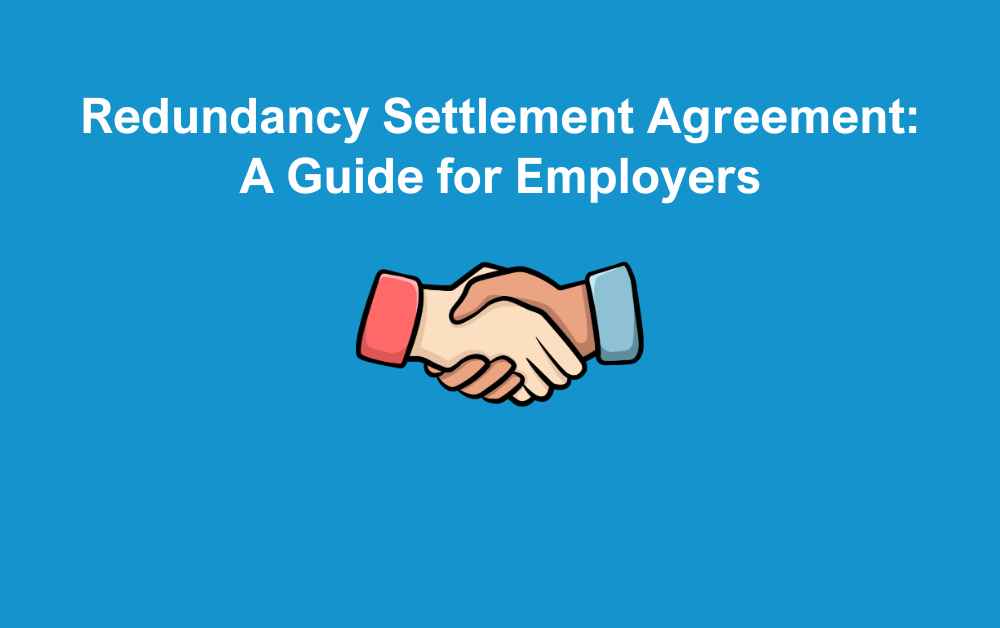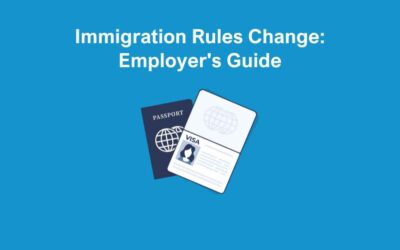What Is a Redundancy Settlement Agreement?
A redundancy settlement agreement is a legally binding document between an employer and an employee that sets out the terms on which the employee’s contract will end. Typically, it includes an agreed financial package in return for the employee waiving their right to bring certain claims against the employer.
This is a written agreement is intended to set out the terms agreed by both parties to resolve a workplace dispute without the need for legal action. This document can also be used to end an employee’s contract on agreed terms, with expectations that the employee won’t claim for unfair dismissal or any other tribunal claims.
Does The Employee Have to Agree to the settlement agreement?
The Redundancy settlement agreement is entirely voluntary, but they can provide a clean break and minimise the risk of future legal disputes. If the staff member is open to an agreement, offers and and counter-offers may be put forward, either in one meeting or across several. Following these discussions, the parties might ultimately decide that reaching an agreement isn’t possible.
It’s important to remember not to put pressure on staff to accept the redundancy settlement agreement.
What Makes the agreement legally binding?
This agreement becomes legally binding when specific legal conditions are met. These include:
- the agreement must be in writing
- specifically address a particular issue or proceedings
- the employee must receive independent legal advice from a qualified adviser
- The adviser must be clearly identified in the agreement and professional indemnity insurance
- the redundancy settlement agreement must state that the relevant legal conditions have been satisfied.
Once these steps are followed, the agreement prevents the employee from bringing any related claims to an employment tribunal.
Is a Redundancy Settlement Agreement Confidential?
Yes, settlement agreement negotiations are generally confidential. Under section 111A of the Employment Rights Act 1996, most pre-termination discussions are protected and cannot be used as evidence in an unfair dismissal tribunal claim. These protected conversations allow employers and employees to speak openly about ending employment, as long as there is no improper behaviour. In addition, negotiations are usually held on a without prejudice basis, and once the agreement is signed, confidentiality clauses often prevent either party from sharing the details.
Best Practice for Employers
-
Be Transparent
Have an open and honest conversation with the employee. Explain why redundancy is being considered and what the redundancy settlement agreement aims to achieve. -
Be Fair
The financial package should reflect the individual’s circumstances, length of service, and any contractual entitlements. Offering more than the statutory minimum may help secure a smooth exit. -
Get the Wording Right
Use a solicitor experienced in employment law to draft or review the agreement. Poorly written agreements can lead to legal complications later on. -
Allow Time
The employee should be given a reasonable period to consider the agreement and obtain legal advice. The length of time given depends on the case. Unless agreed otherwise, employees should be given at least 10 calendar days to review the settlement terms and seek independent legal advice. Once signed and all legal requirements are met, the agreement becomes binding. -
Keep Records
Document the process, including consultation notes and the rationale behind the redundancy decision. This can protect you in the event of any future dispute.
What About Legal Costs?
It’s common for employers to contribute towards the employee’s legal fees for advice on the redundancy settlement agreement. This is usually a set amount and is considered part of good practice. The adviser must be independent and not connected to the employer. In large-scale redundancy cases, employers may suggest a single law firm to advise all employees, as long as the firm remains independent and impartial.
What happens if an agreement is breached?
If a settlement agreement is breached, the affected party may take legal action to enforce the terms. For example, if the employer fails to pay the agreed sum, the employee can pursue a breach of contract claim. This can be in the civil courts or an employment tribunal, depending on the circumstances. Similarly, if the employee breaches confidentiality or other agreed terms, the employer may seek repayment of the settlement amount or damages. Most agreements include a clause outlining the consequences of any breach, which helps clarify the rights and remedies available to each party.
Final Thoughts
When it’s necessary, a well-drafted redundancy settlement agreement may benefit both employer and employee. It can provide clarity, protect your business from future claims, and allow everyone to move on professionally and with dignity.
If you’re considering using a settlement agreement, seek expert advice to ensure everything is handled correctly and fairly. If you would like support from our HR Consultants, contact us now.







